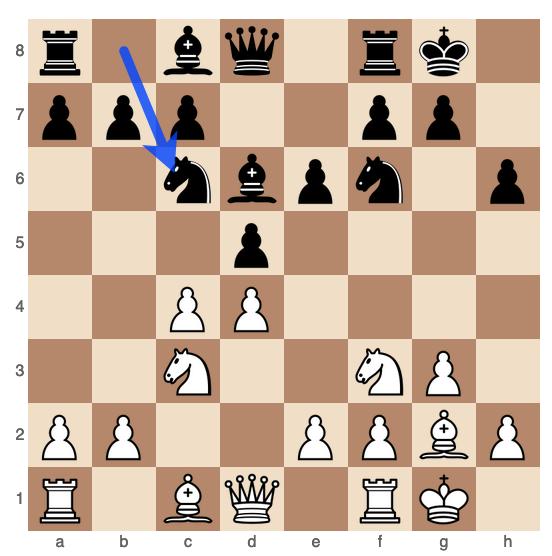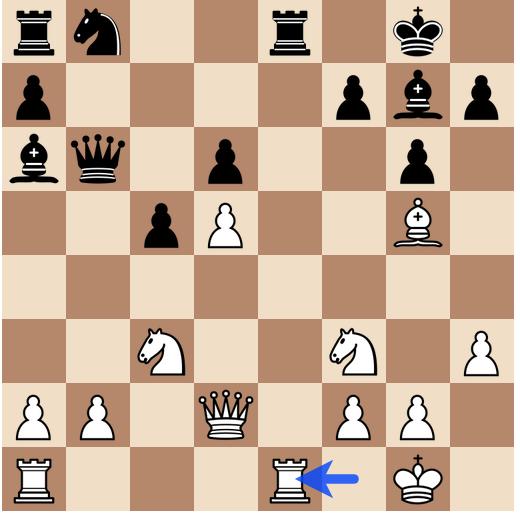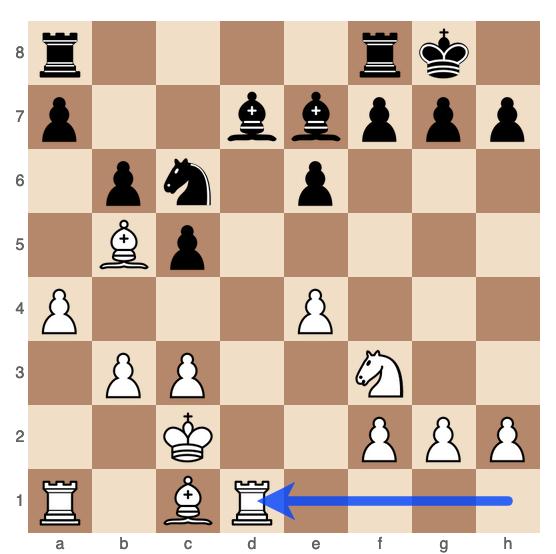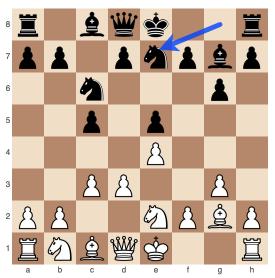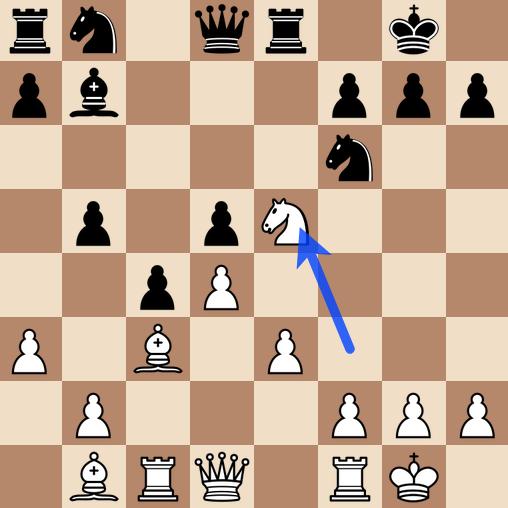In this strategic encounter between International Master Guillermo Baches (Chessllermo) and Luca Ernst, we see a deep battle in the Semi-Slav Defense, specifically the Classical Variation. Baches, with the white pieces, methodically outmaneuvers his opponent, converting a small positional edge into a full point through patient play and precise calculation.
The Opening
The game begins with the Semi-Slav Defense (1. d4 d5 2. c4 c6 3. Nc3 Nf6 4. Nf3 e6), a solid and popular choice at all levels of chess. Baches opts for the quiet but flexible 5. Qc2, preparing to support the e4 push while keeping options open. Ernst responds with 5…Nbd7, continuing along classical lines, which allows both players to develop their pieces harmoniously.
The critical moment in the opening arises after 6. e4 dxe4 7. Nxe4 Nxe4 8. Qxe4. Baches captures with the queen, maintaining central control and keeping the tension. After a series of exchanges, the queens come off the board on move 13, leading to a simplified middlegame where White enjoys a slight initiative due to better piece placement and more central pawns.
The Middlegame
As the middlegame progresses, Baches begins to assert his control over the position. He focuses on improving his pieces and preparing to open up the queenside with moves like 16. O-O-O and 17. Rhe1. Ernst, however, attempts to create counterplay with 18…Rfc8, eyeing the c-file for potential activity.
The key turning point comes after 20. c5, where Baches locks down the queenside and restricts Black’s counterplay. This move creates a strong pawn chain for White and begins to squeeze Black’s position. Ernst tries to free his pieces with 21…Nxc5, but this allows Baches to gradually increase his control over the board.
The Endgame
The transition to the endgame is smooth for Baches, who continues to press his small advantage. By move 26. Rc1, White’s position is dominant, with better coordination and more active pieces. Ernst, realizing that his position is becoming increasingly passive, tries to create complications with 28…a5, but Baches calmly navigates these attempts.
The endgame is highlighted by Baches’ precision in exploiting Ernst’s weaknesses. After 30. Rxe4, Baches effectively removes one of Black’s most active pieces and simplifies into a winning rook endgame. Despite some resistance from Ernst, Baches slowly improves his position, eventually forcing Black into a zugzwang-like situation where White’s pieces dominate.
By move 36, Ernst sees no way to avoid further material loss or a deadly infiltration by White’s king and resigns.
Conclusion
This game is a perfect example of how to convert a slight opening advantage into a full point through strategic play and a deep understanding of positional chess. Baches never rushed, patiently building his position until Ernst’s defenses crumbled.
Key Lessons:
- In simplified positions, small advantages like better pawn structure or more active pieces can be decisive.
- When your opponent is cramped, look for ways to restrict their counterplay while gradually improving your own position.
- Endgames require patience and precision; often, the player who can maintain these qualities best will emerge victorious.
“Winning a game often comes down to who can squeeze the most out of seemingly minimal advantages.” Baches exemplified this principle, turning a quiet opening into a powerful and instructive victory.

